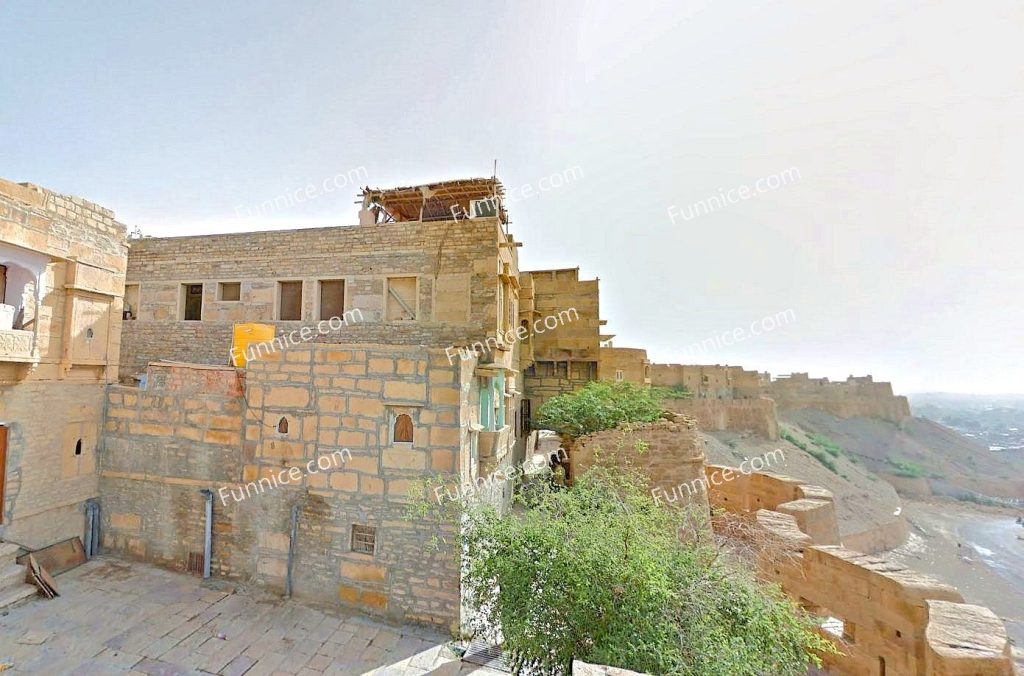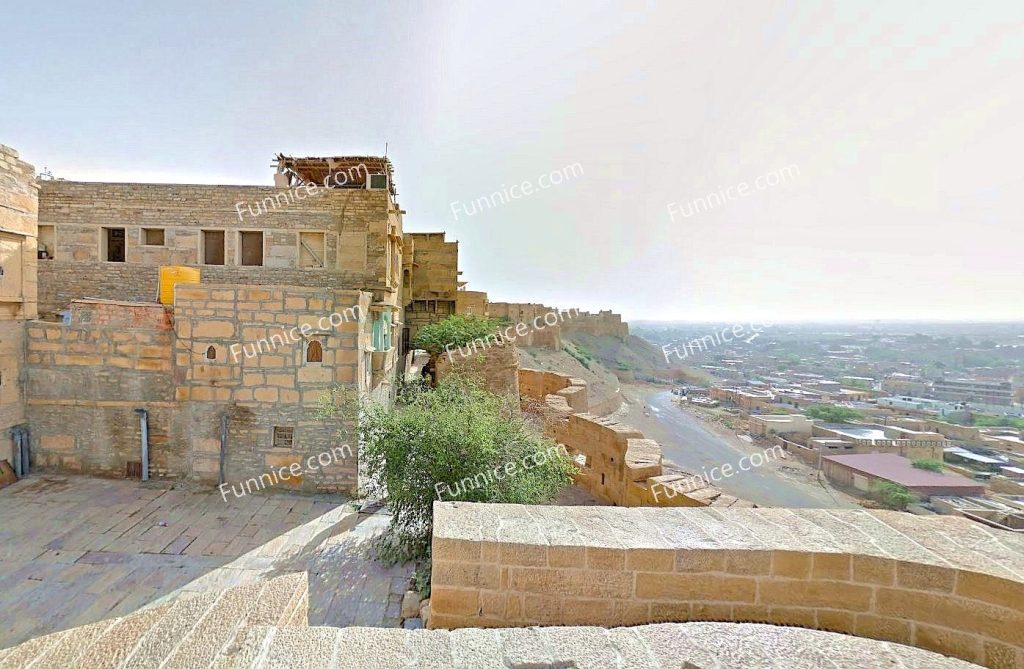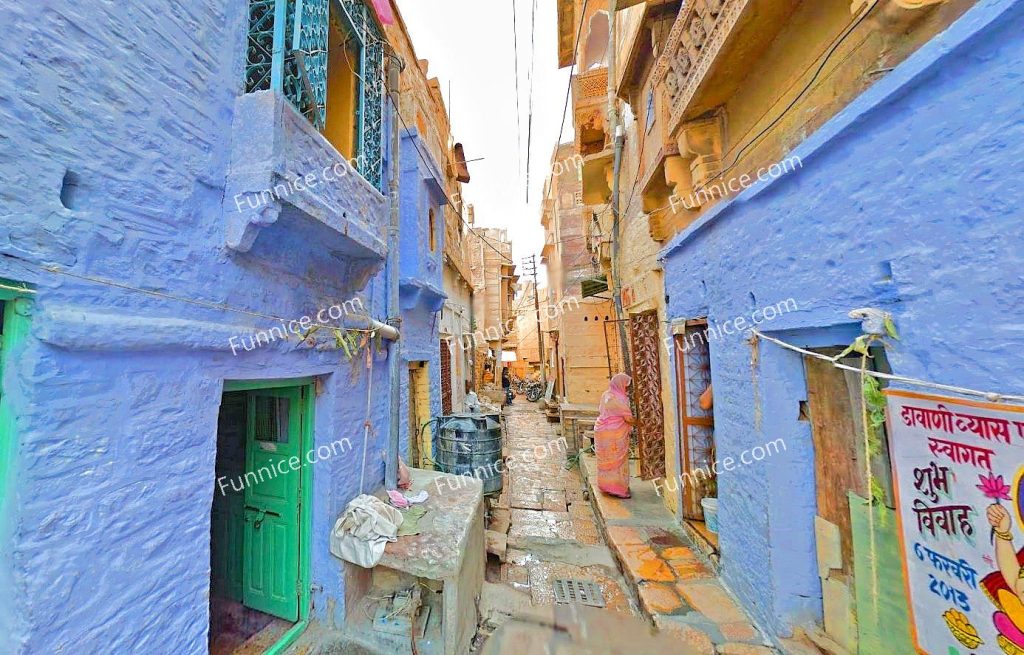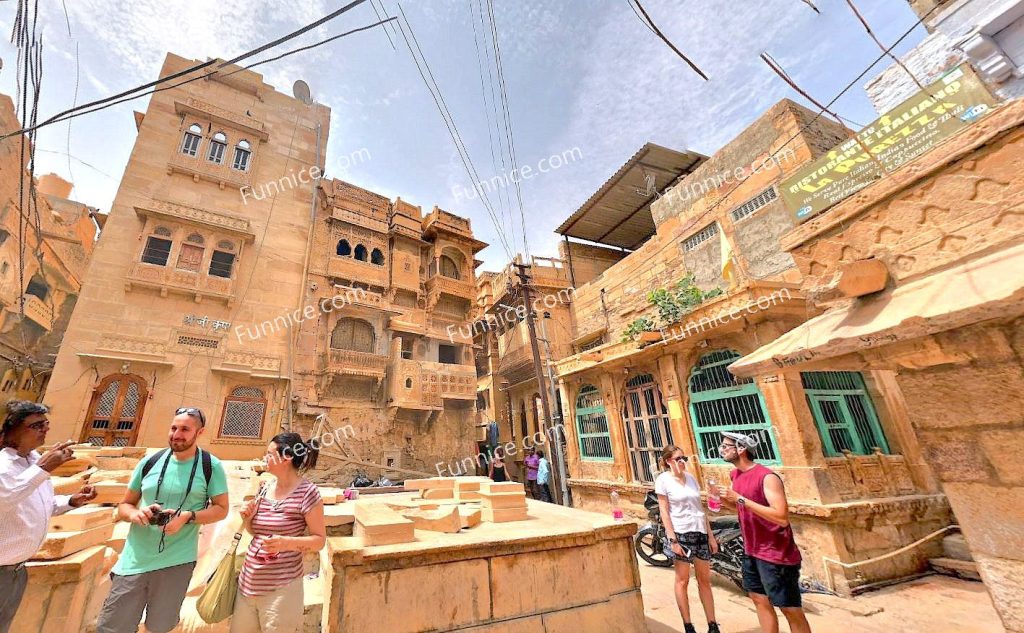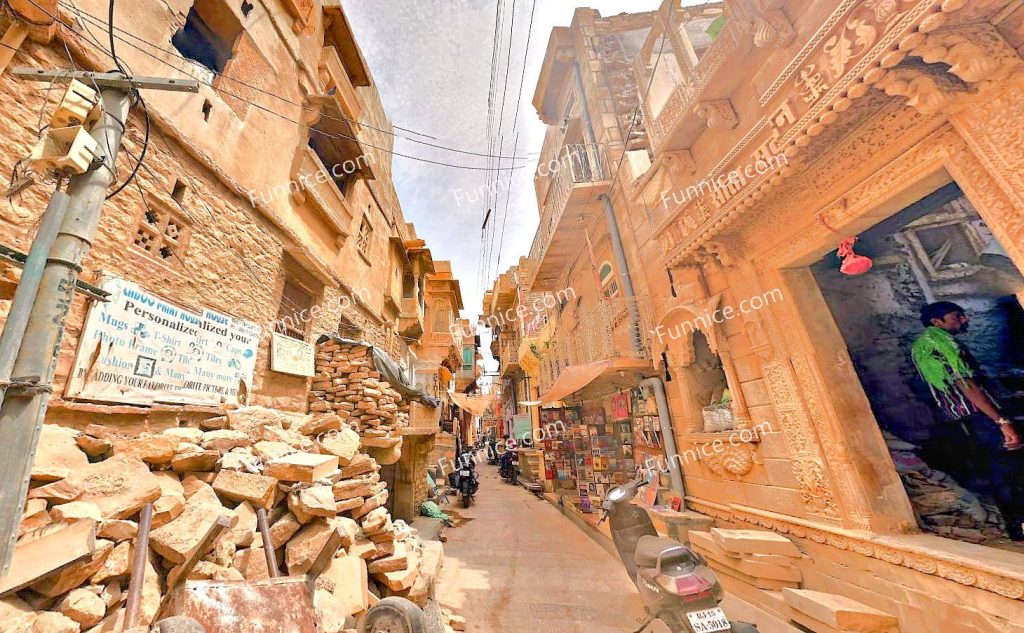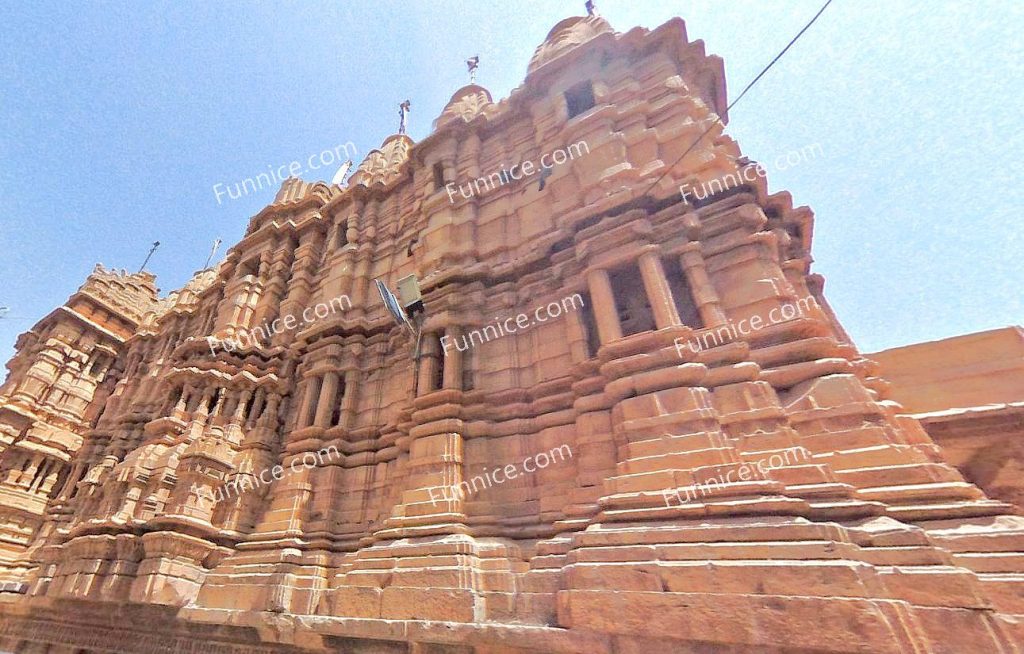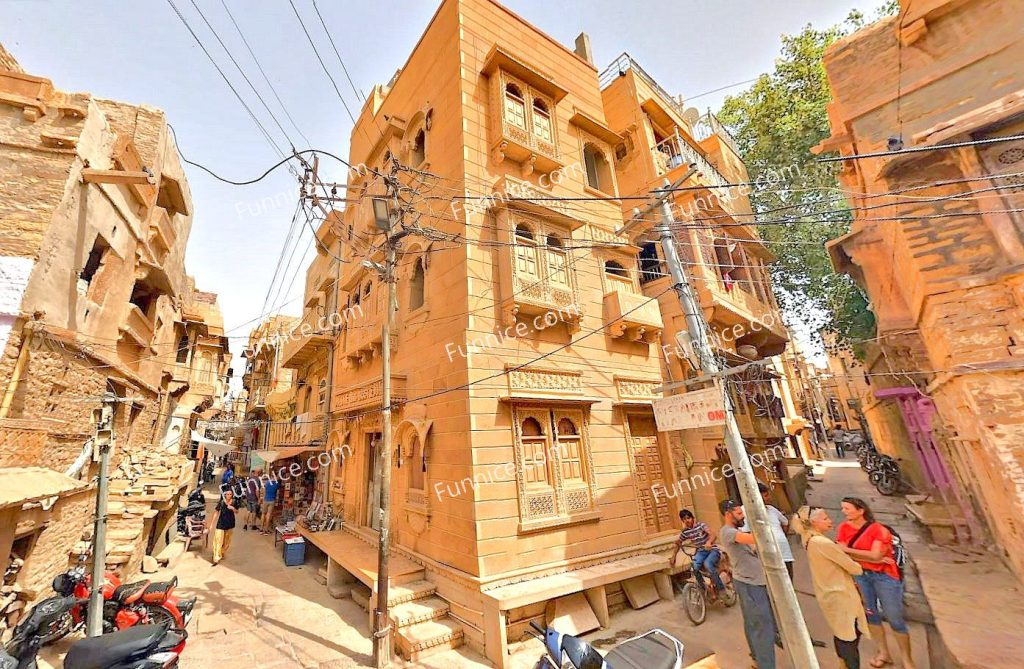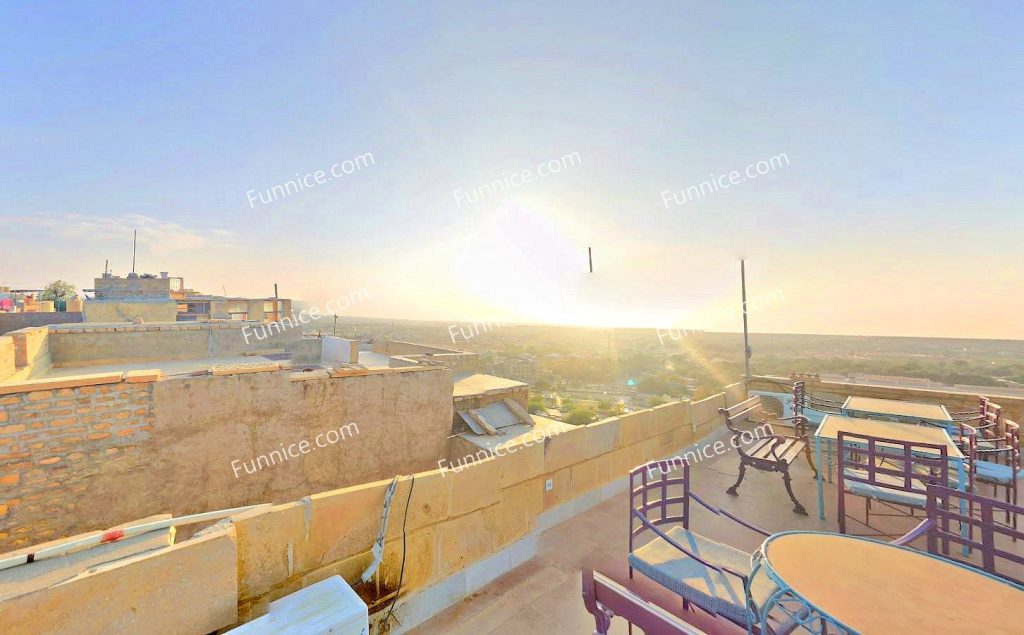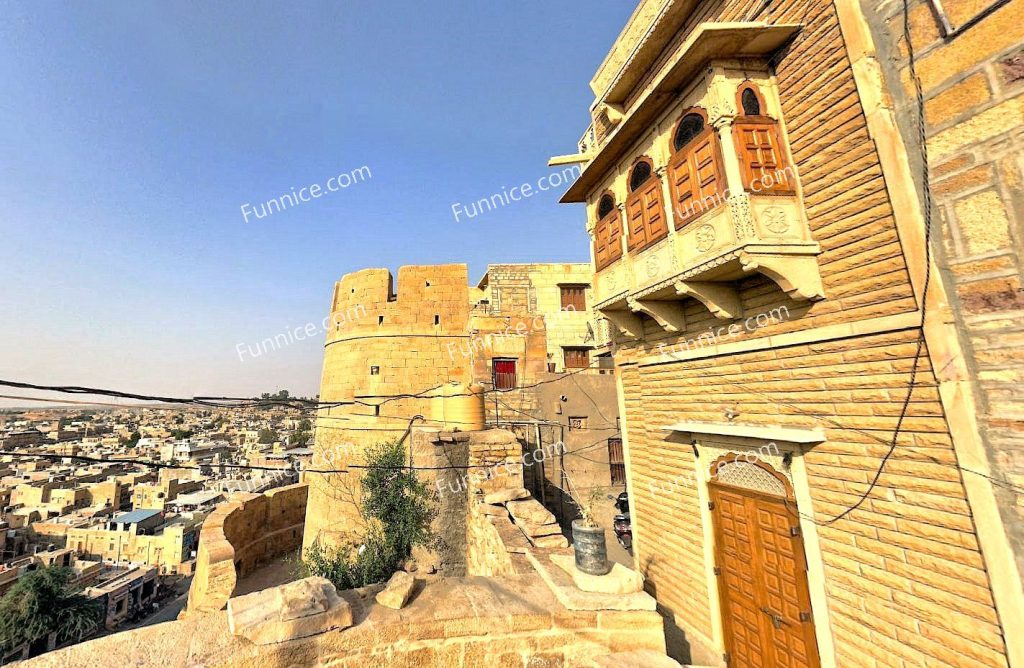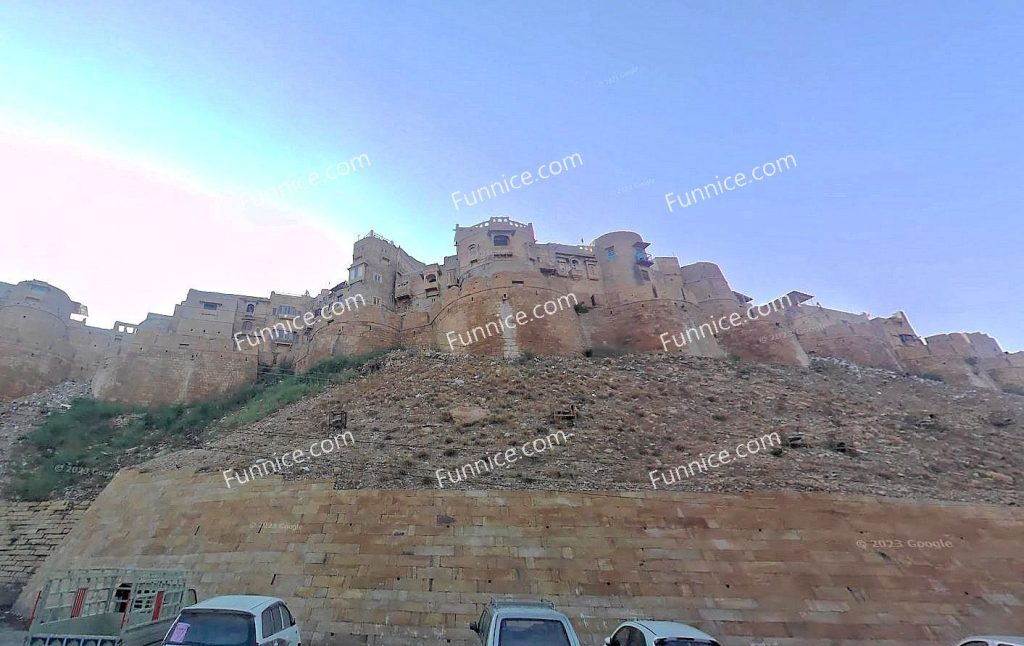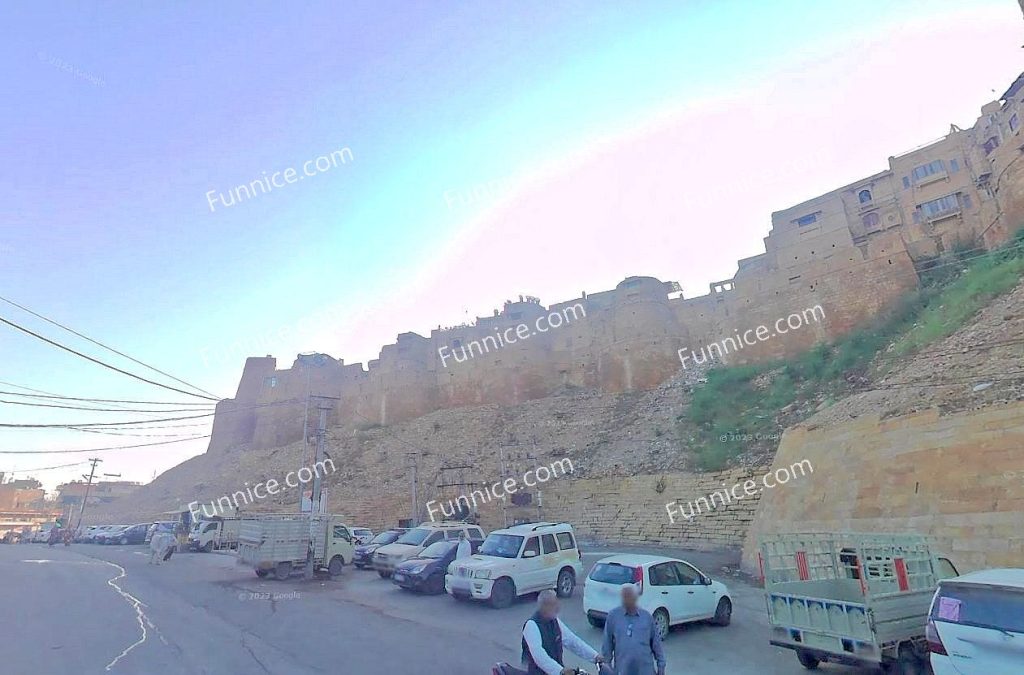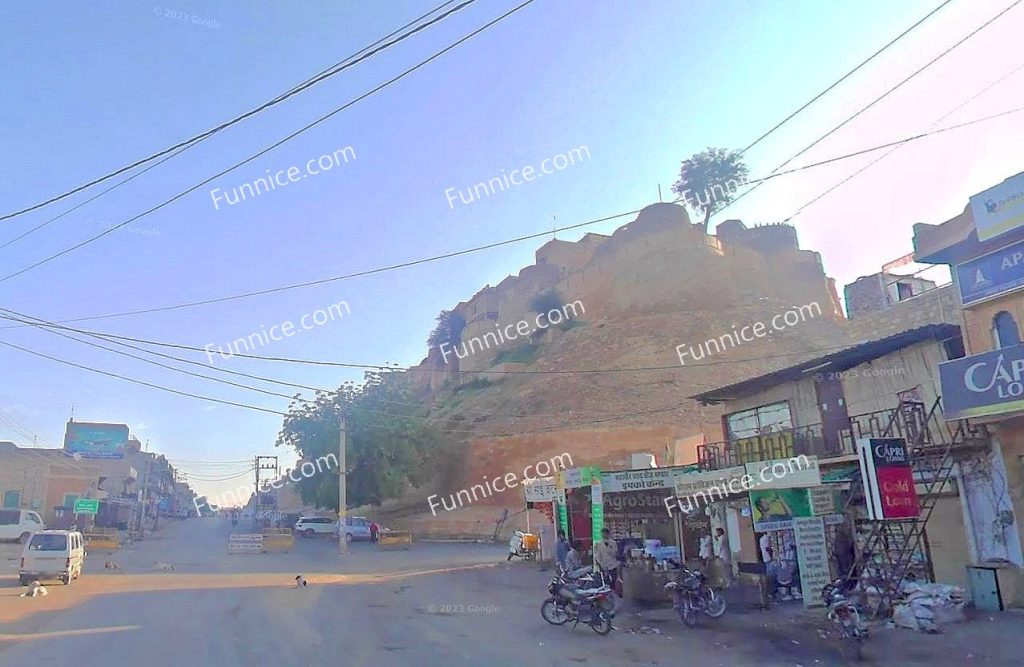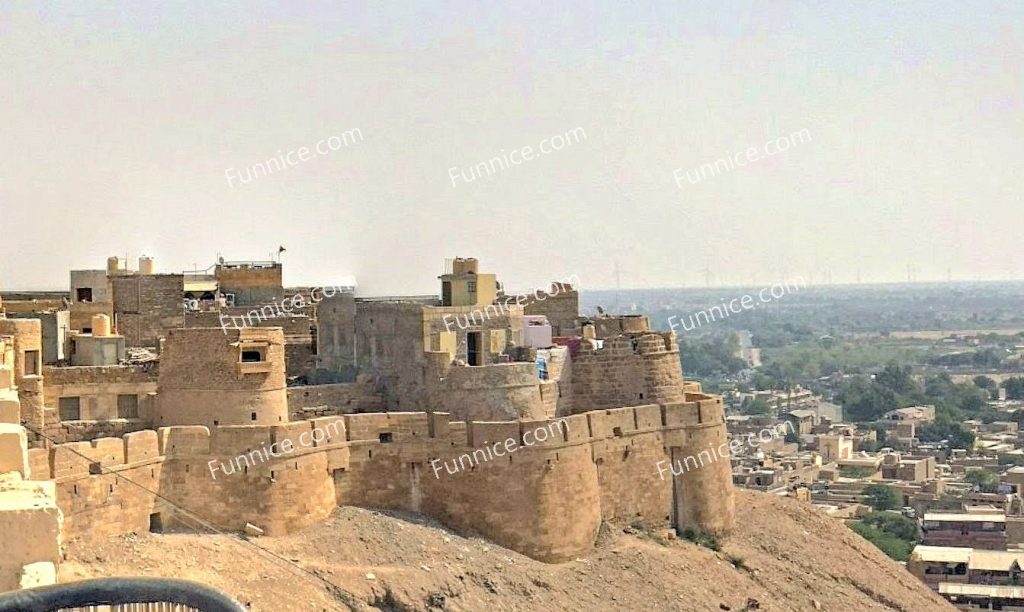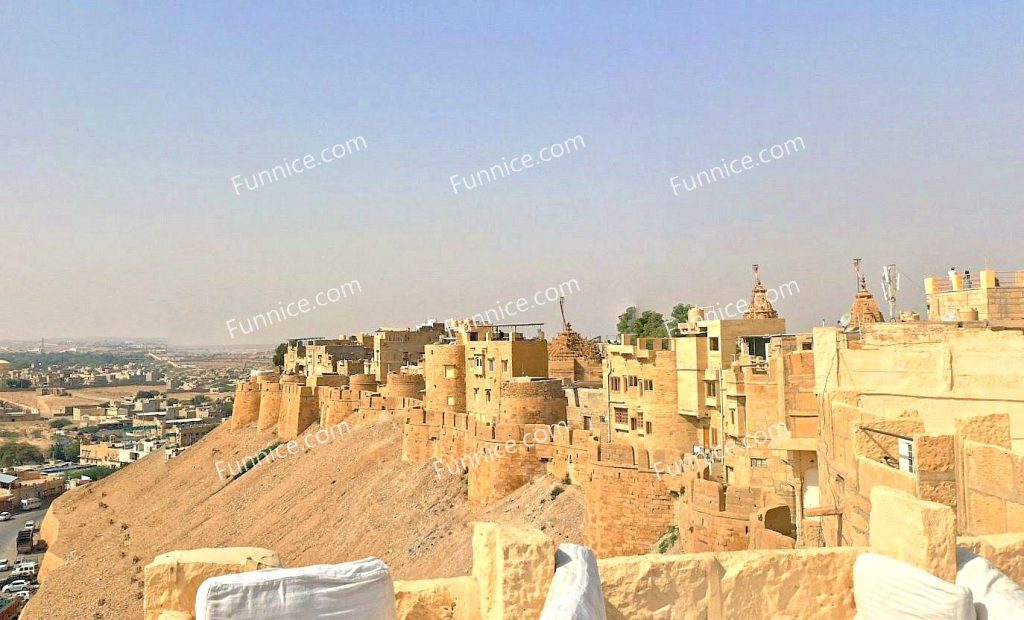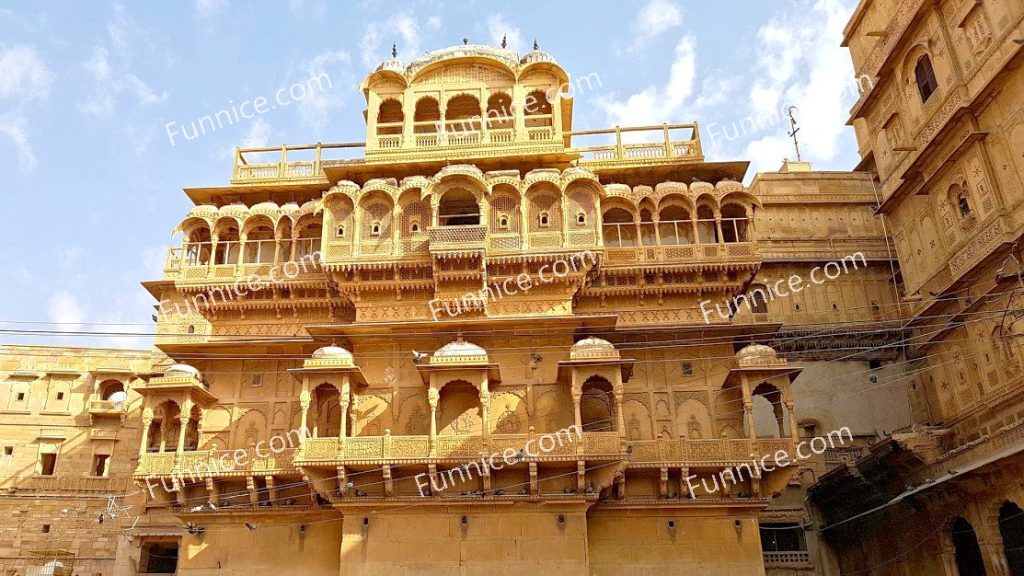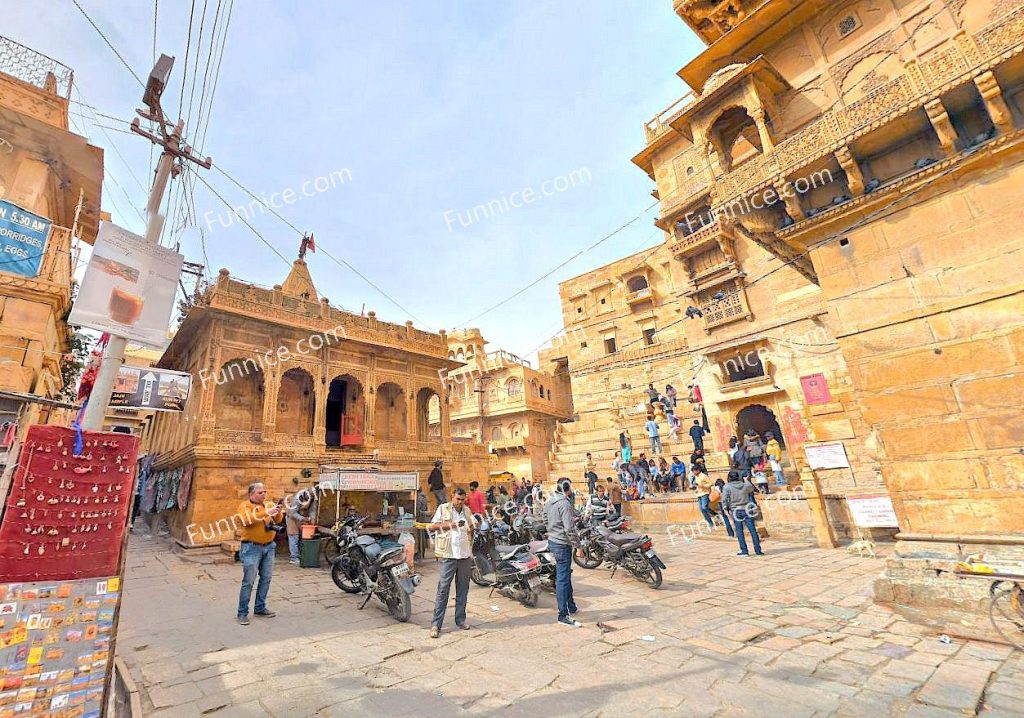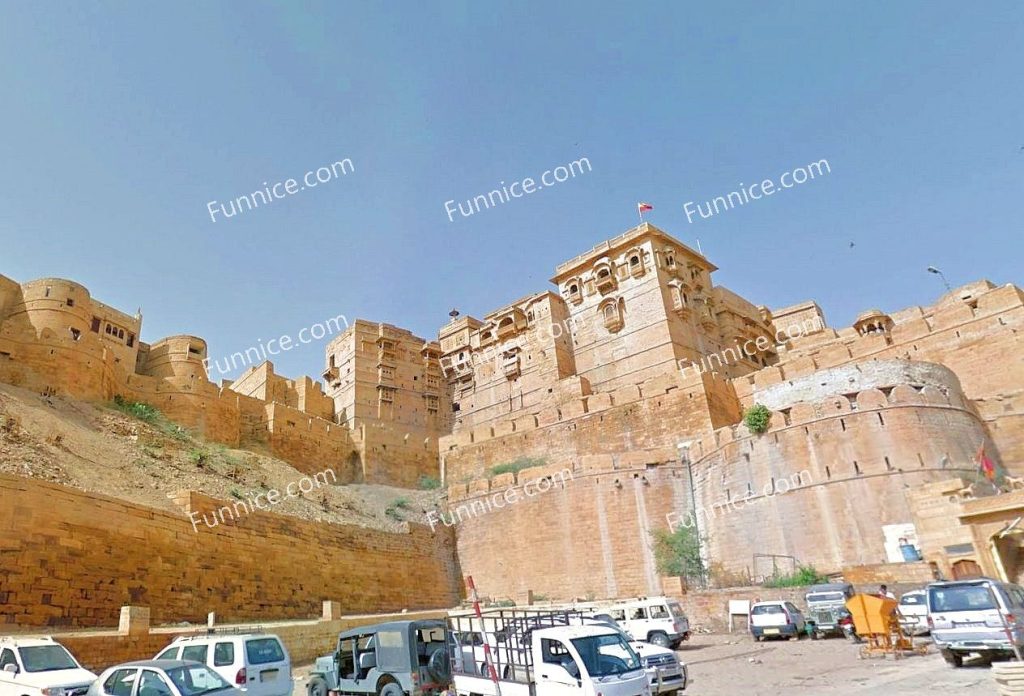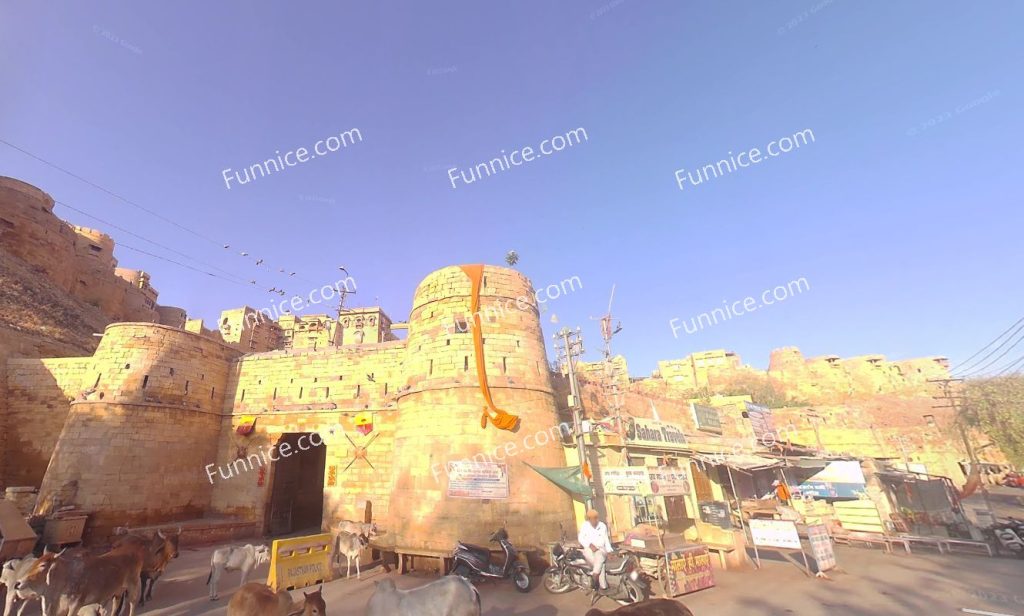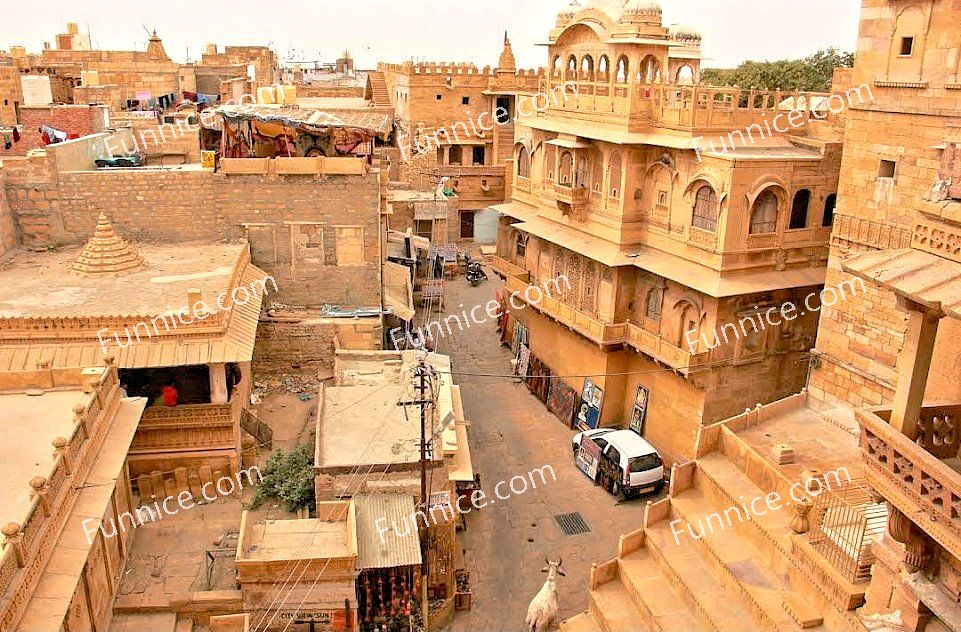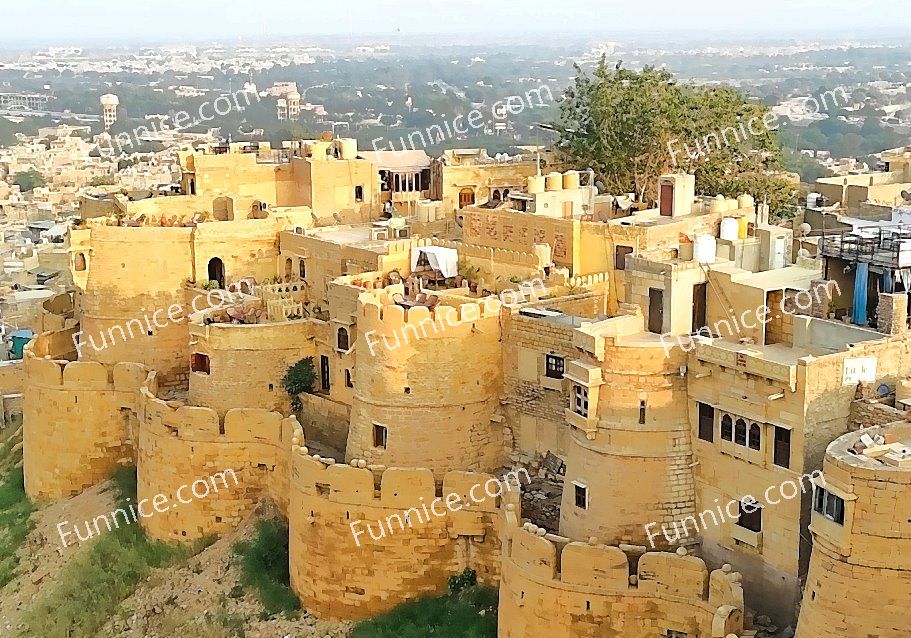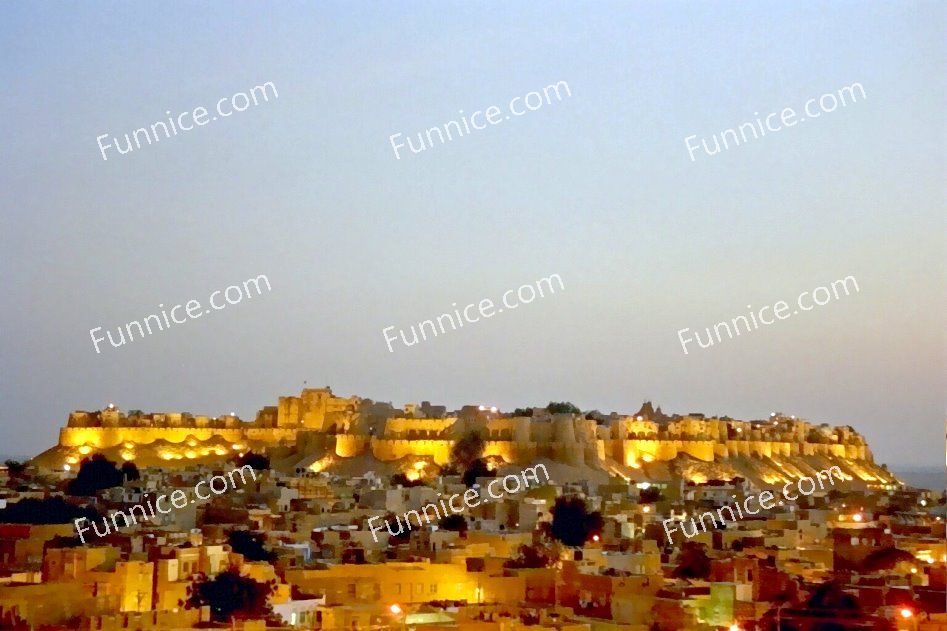On the edge of the vast Thar Desert in India stands a fortress that seems to have emerged from the pages of a fairy tale—Jaisalmer Fort. Carved from the region’s distinctive yellow sandstone, this magnificent stronghold embodies the essence of the desert. According to legend, Jaisalmer was once a celestial palace, but due to a magician’s spell, it was transported overnight to this barren land. Today, its golden silhouette continues to shine under the setting sun, a mesmerizing vision of a city frozen in time.
Jaisalmer Fort was built in 1156 AD by the Rajput ruler Rawal Jaisal, after whom the fort and the city were named. As the heart of the Jaisalmer kingdom, the fort grew into a bustling trade hub, connecting India with Egypt and Europe. Over the centuries, successive rulers expanded and fortified its defenses, transforming it into an impregnable stronghold. However, this fortress also witnessed countless battles, especially during the Mughal-Rajput conflicts, when it was repeatedly besieged and fiercely contested.
Jaisalmer Fort is a masterpiece of Rajput architecture, strategically built atop Trikuta Hill with three layers of defensive walls. The outermost wall is made of solid stone blocks to reinforce the rocky hilltop, while the middle and inner walls form a narrow passageway—an ingenious defensive mechanism. During invasions, Rajput warriors would pour boiling oil and water onto unsuspecting enemies trapped within this corridor and launch massive projectiles from above. This intelligent military design made Jaisalmer Fort one of the most formidable citadels of its time.
Unlike many historical forts that have been converted into museums or abandoned ruins, Jaisalmer Fort remains one of the few living forts in the world. Today, the city’s population has dwindled to around 60,000, but within the fort’s walls, life continues as it has for centuries. Narrow alleys are lined with artisan shops, traditional guesthouses, and restaurants, while children play and street performers entertain passersby. It is not a mere relic of the past but a thriving community where history and daily life intertwine, offering visitors a glimpse into medieval India.
Among the many wonders inside the fort, two landmarks stand out: the Fort Palace Museum and the Jain Temples. The Fort Palace Museum, once the seven-story residence of Jaisalmer’s royal family, now showcases the grandeur of Rajput rulers. The labyrinth of chambers and secret passageways demonstrates the architectural ingenuity of the time, designed not only for luxury but also for security and surveillance.
The Jain Temples, built between the 12th and 15th centuries, are another highlight of the fort. These temples, dedicated to the Jain Tirthankaras, are adorned with exquisitely detailed carvings that depict mythological stories and cosmic beliefs. The intricate craftsmanship found on the pillars, doorways, and ceilings is a testament to the artistic brilliance of the era.
Jaisalmer Fort is more than just an architectural marvel—it is a living testament to history, resilience, and culture. Rising above the endless golden sands of the Thar Desert, it stands as a celestial palace lost in time. Whether you stroll through its ancient alleys, admire the fort bathed in golden hues at sunset, or explore its rich heritage, Jaisalmer Fort offers an experience like no other. For those drawn to tales of legendary trade routes and vibrant desert cities, this golden fortress remains an unmissable destination, an eternal jewel in the heart of Rajasthan.

